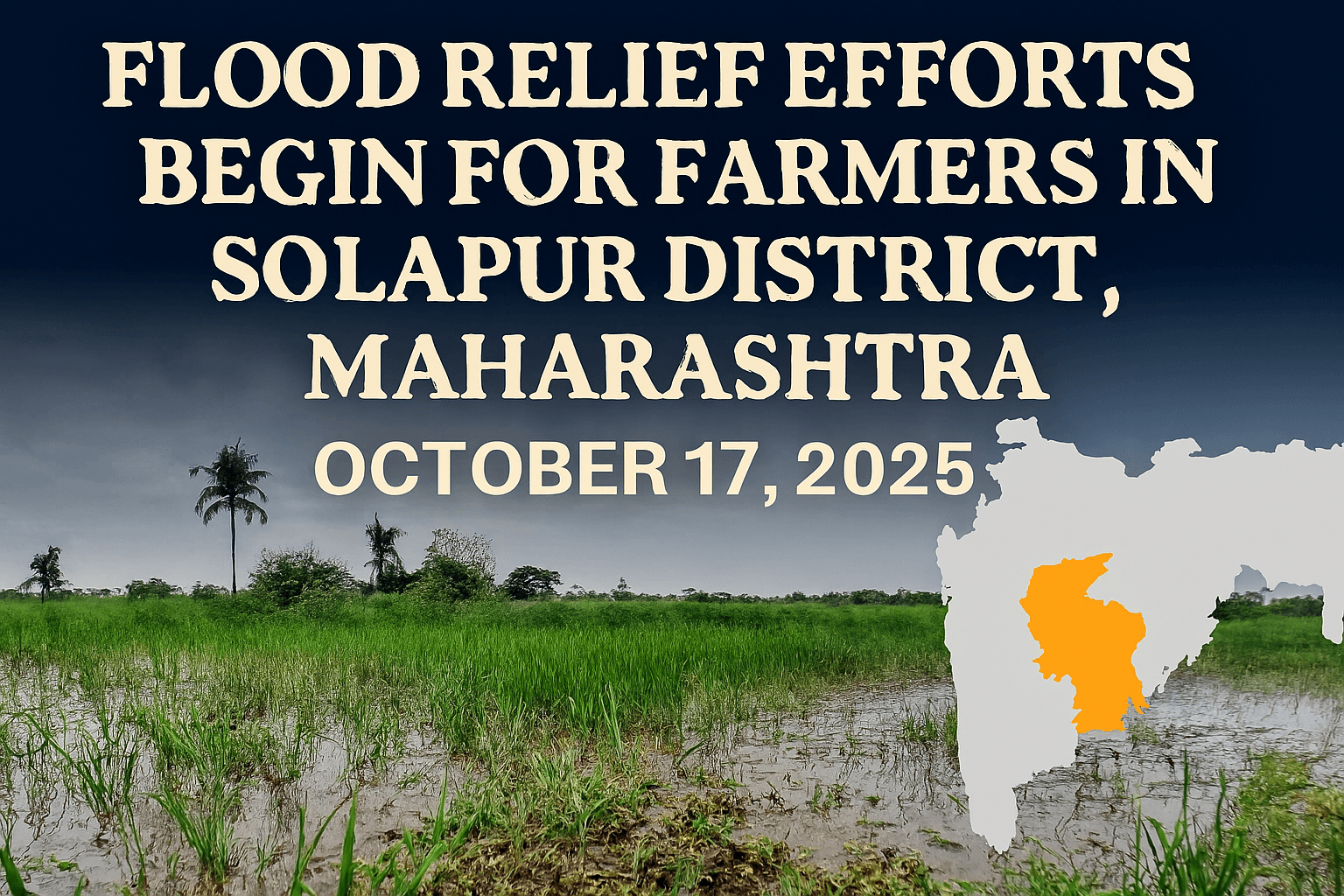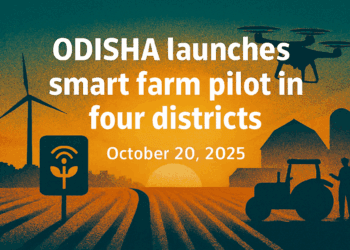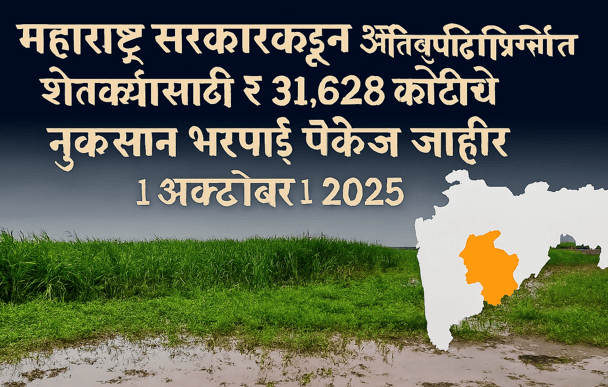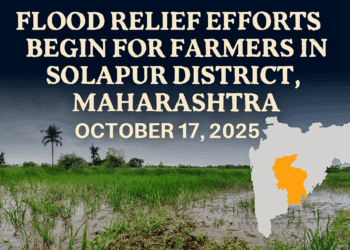El Ninos Impending Threat
The Food and Agriculture Organization (FAO) has issued a warning about the potential impact of El Nino on India’s agricultural output, raising concerns over food security, inflation, and rural livelihoods. With climate models indicating a strong El Niño phase extending into early 2026, India’s kharif crop cycle and water availability are under serious threat.
Understanding El Niño and Its Agricultural Impact
El Nino refers to the warming of sea surface temperatures in the central and eastern Pacific Ocean, which disrupts global weather patterns. In India, it is typically associated with weakened monsoon rains, delayed sowing, and reduced crop yields. The 2023–24 El Niño was one of the strongest on record, and its lingering effects are expected to influence the 2025–26 agricultural season.
Historical Impact in India
- 2009: Severe drought led to 22% drop in rice production
- 2015: El Niño caused 14% rainfall deficit and crop losses
- 2023–24: Delayed monsoon onset and patchy rainfall across central India
FAO’s Warning and Anticipatory Action Plan
In its January 2025 update, FAO outlined a response plan to mitigate El Nino’s impact on food systems. The plan includes early warning dissemination, crop insurance expansion, and support for climate-resilient farming practices.
Key Recommendations
- Promote drought-tolerant seed varieties
- Expand micro-irrigation and water harvesting
- Strengthen agri-extension services and farmer advisories
- Deploy anticipatory cash transfers for vulnerable households
India’s Crop Vulnerability
India’s kharif crops—especially rice, pulses, and oilseeds—are highly dependent on monsoon rainfall. A weak or erratic monsoon could disrupt sowing schedules, reduce acreage, and lower yields. States like Maharashtra, Madhya Pradesh, and Odisha are particularly vulnerable due to rain-fed farming systems.
| Crop | Monsoon Dependency | Risk Level |
|---|---|---|
| Rice | High | Severe |
| Pulses | Moderate | High |
| Oilseeds | High | Moderate |
| Maize | Moderate | Moderate |
Government Response and Preparedness
The Ministry of Agriculture has activated contingency plans across 15 states. These include seed banks, irrigation support, and real-time weather advisories. The Indian Meteorological Department (IMD) is also issuing region-specific rainfall forecasts to guide sowing decisions.
Policy Measures
- ₹3,000 crore allocation for climate-resilient agriculture
- Expansion of Pradhan Mantri Fasal Bima Yojana (PMFBY)
- Deployment of mobile soil testing labs
- Integration of satellite data for crop monitoring
Economic Implications
A poor monsoon could lead to lower farm incomes, higher food inflation, and increased rural distress. The Reserve Bank of India (RBI) has flagged El Niño as a risk factor in its monetary policy outlook. Retail food inflation, which eased to 2.7% in early 2025, could spike again if crop output falters.
Projected Impact
- Rice and pulse prices may rise by 10–15%
- Rural wage growth could stagnate
- Increased demand for MGNREGA employment
- Pressure on fiscal subsidies and food buffer stocks
Expert Opinions
Agro-climatologists and economists have emphasized the need for long-term adaptation strategies. While short-term relief is essential, India must invest in resilient cropping systems and climate-smart infrastructure.
Quotes
- “El Niño is not just a weather event—it’s a structural challenge for Indian agriculture.” – Dr. Ramesh Chand, NITI Aayog
- “We need to move from reactive to anticipatory farming models.” – Prof. Anjali Menon, IARI
- “Digital advisories and crop insurance must reach every farmer.” – FAO India Representative
Conclusion
El Niño’s looming threat demands urgent and coordinated action. With $1.3 billion worth of crop output at stake, India must leverage technology, policy, and community resilience to safeguard its agricultural future. The next few months will be critical in determining the extent of impact and the effectiveness of mitigation efforts.
Postscript: What to Watch Next
Key developments to monitor include IMD’s monsoon forecasts, FAO’s mid-year impact assessment, and state-level contingency rollouts. India’s response to El Niño will shape not just the 2025–26 harvest, but the trajectory of climate-resilient agriculture for years to come.



















